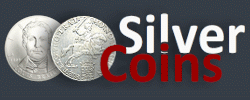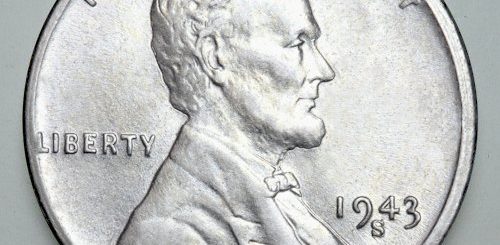Coin Collecting Basics
New to coin collecting? This article might be just for you. It aims to get new collectors acquainted with coin collecting by starting with the basics. Sometimes one is surprised to discover that he doesn’t know the basics of something that he’s been doing for years. That’s normal. People tend to overlook the fundamental things. Things, which are ought to be common sense, are sometimes not so common. So for those who admiringly admit that one doesn’t know everything and can use some basic info, read on. Let’s start with the coin parts or features, shall we?
The Bust.
This is the image of an important national personality that is minted on the coin—personalities like former presidents, national heroes, kings & queens, or emblems like the Liberty in the United States.
The Date.
This consists of numerals that represent the year the coin was struck.
The Denomination. This is the purchasing value of the coin, which is assigned by the government.
The Edge.
It is always said that a coin always has two sides. This is not entirely accurate because a coin has more than two sides—it has three. The third side is the edge. It just goes unnoticed that’s all, but it’s there alright. The edge can be reeded or plain. Sometimes it’s also decorated with letters or some emblems. These decorations are called edge devices.
The Field.
This is the empty area of a coin.
The Legend.
This one is a phrase inscribed on the coin, such as the country of that coin.
The Mintmark.
These are the small letters, indicating the mint at which the coin was struck.
The Motto.
As the name suggests, this is some maxim that the particular country of the coin lives by.
The Rim.
This is the raised area enclosing the edges of both the reverse and obverse sides of a coin. Knowing the parts or features of a coin will help you in describing your coin better. Like if you have to describe it to a friend over the phone or email to get his opinion for grading, you will know how to say where the scratches or the errors are. Now that you are familiar with coin features, you may now move on to the next lesson. You may want to begin learning the words and phrases commonly used by coin collectors. So you don’t get lost in the jargon of the hobby and get to actually speak it!


